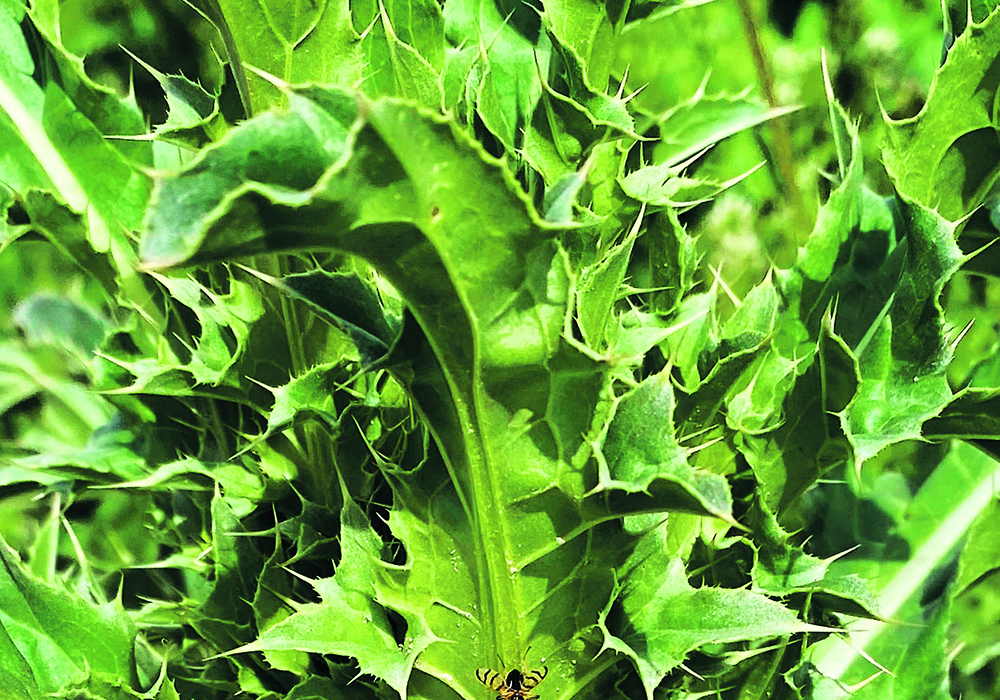Wild, or foxtail, barley is a pest that has benefited from the movement to reduced tillage. Foxtail barley is a prolific seed producer and a growing problem for producers across Western Canada.
Hordeum jubatum is also known as wild barley or by a series of names that compare the weed’s bushy awns to the tails of a number of mammals.
Foxtail barley is often confused with green foxtail due to their similar names, rather than appearance. The latter has a compact, dense seed head, while foxtail barley has long awns that look more like a brush, among other differences.
Read Also

Growing garlic by the thousands in Manitoba
Grower holds a planting party day every fall as a crowd gathers to help put 28,000 plants, and sometimes more, into theground
The wet and unseeded soils of Saskatchewan and Manitoba have suffered more than most from this pest, leaving the 2012 growing season to control the growing problem of this plant, especially in cereal crops.
Foxtail barley has shallow, fibrous roots and relies on seeds to spread.
Saline tolerant, the weed will take over areas where tractors and sprayers fear to tread. While palatable to livestock early in the season, the spiky awns quickly make the plant immune to grazing for the rest of the year.
Tillage is effective for control. Fall spraying of glyphosate works well for control. Ahead of seeding, the addition of four grams of tribenuron as a soluble granule to glyphosate provides suppression. In-season grassy weed products for broadleaf crops, such as quizalofop, are effective for suppression from three leaves to three tillers. In pastures, propyzamide is applied to soil with high water rates in forage stands ahead of freeze up to deal with the pest in the spring.
















